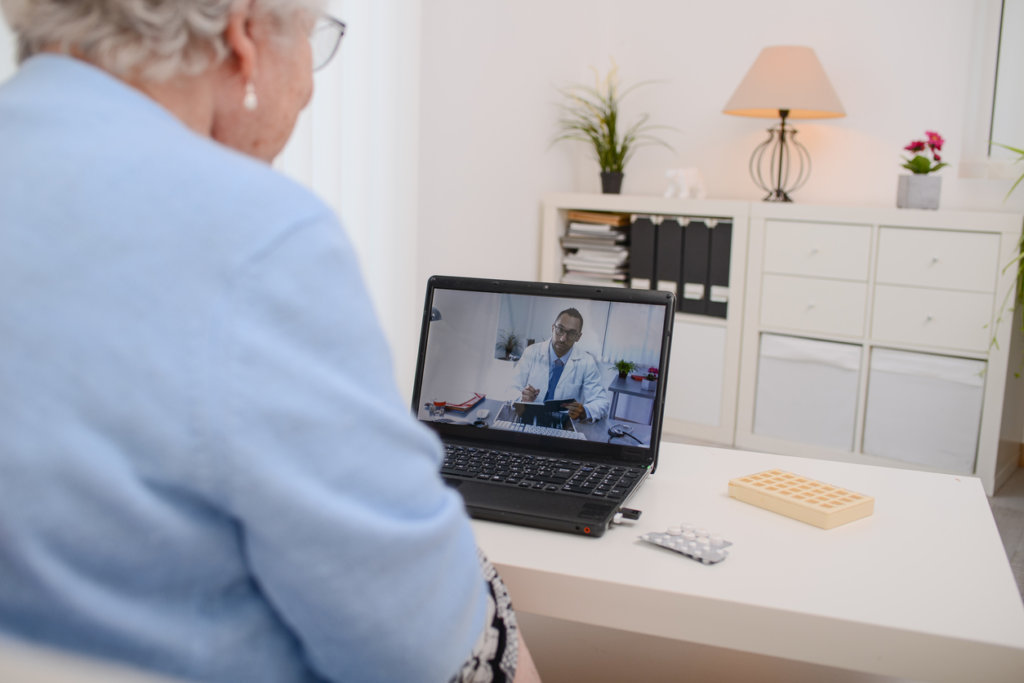
Throughout the United States, we’ve made a very sudden, necessary shift toward utilizing telemedicine for healthcare needs. Nearly every type of office – from the smallest health center to the largest medical practice – is implementing some form of virtual communication to assist patients as we head into abrupt digital transformation due to the current social distancing crisis. As with any technology, it’s only as useful as the human element that drives it. Telemedicine offers a revolutionary approach to medicine while keeping patients safe, but it doesn’t replace the personal “touch” of physicians. Read on for our top tips for effectively connecting with patients through telemedicine.
Appointments conducted via camera can be much more productive and may assist in the reduction of wait times; however, it’s still important to take your time with each patient. Just because you can log on, ask a few questions and easily log back off doesn’t mean you should. Take time to address patient concerns and analyze your notes prior to and following the appointment.
Before each appointment, send through a reminder to confirm the date and time to ensure your patient remembers to sign on. This also shows that you are taking the appointment just as seriously as if it were in person rather than via telemedicine. After each appointment, send an email follow-up with an appointment summary, personalized message, or any additional information requested.
Yes – you read that right! When you genuinely care about your patients, it shows… even through a computer screen or a phone connection. Telemedicine shouldn’t change the way you treat your patients, as patient care should always be the top priority.
For many years, we’ve been preparing to utilize telemedicine – and now that many offices must use it regularly for appointments, the benefits for social distancing purposes are already proving to be incredible. Ensuring we are still properly connecting and communicating with patients is the next necessary step forward.